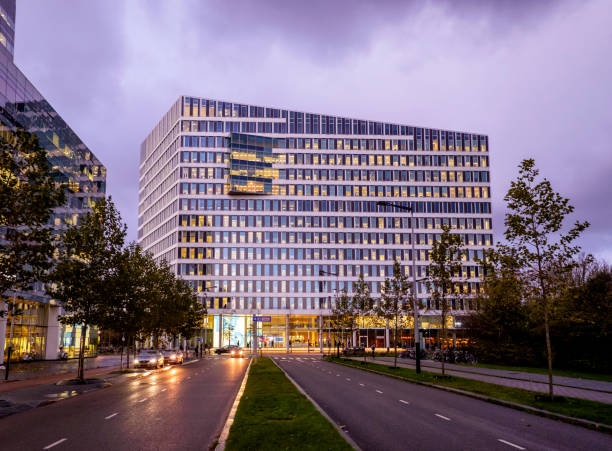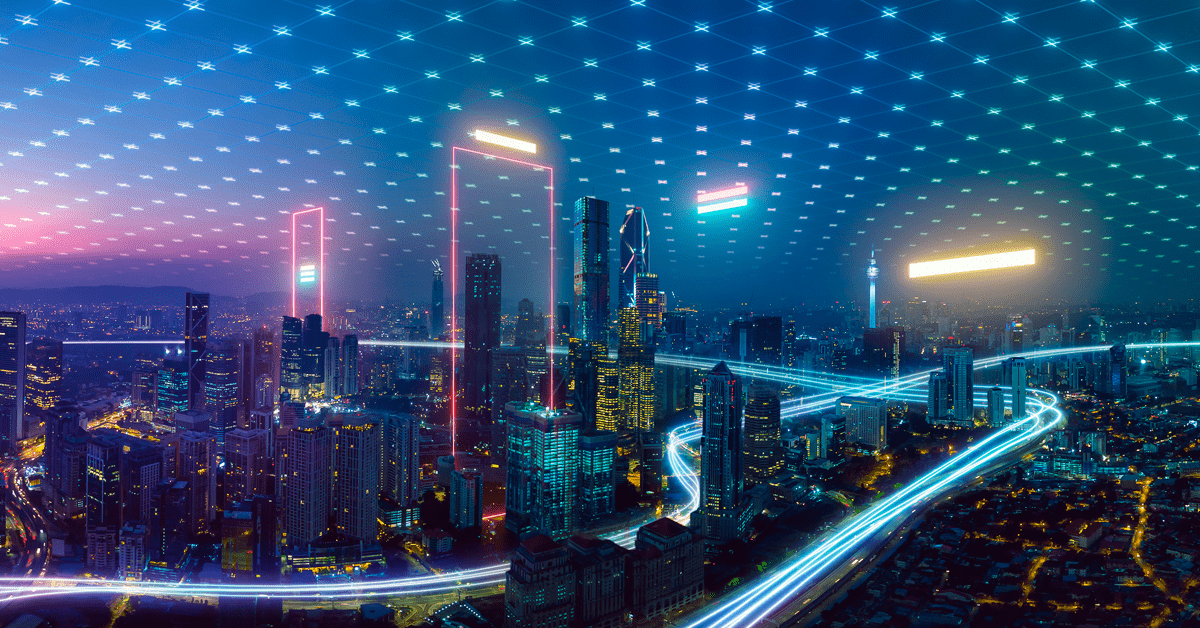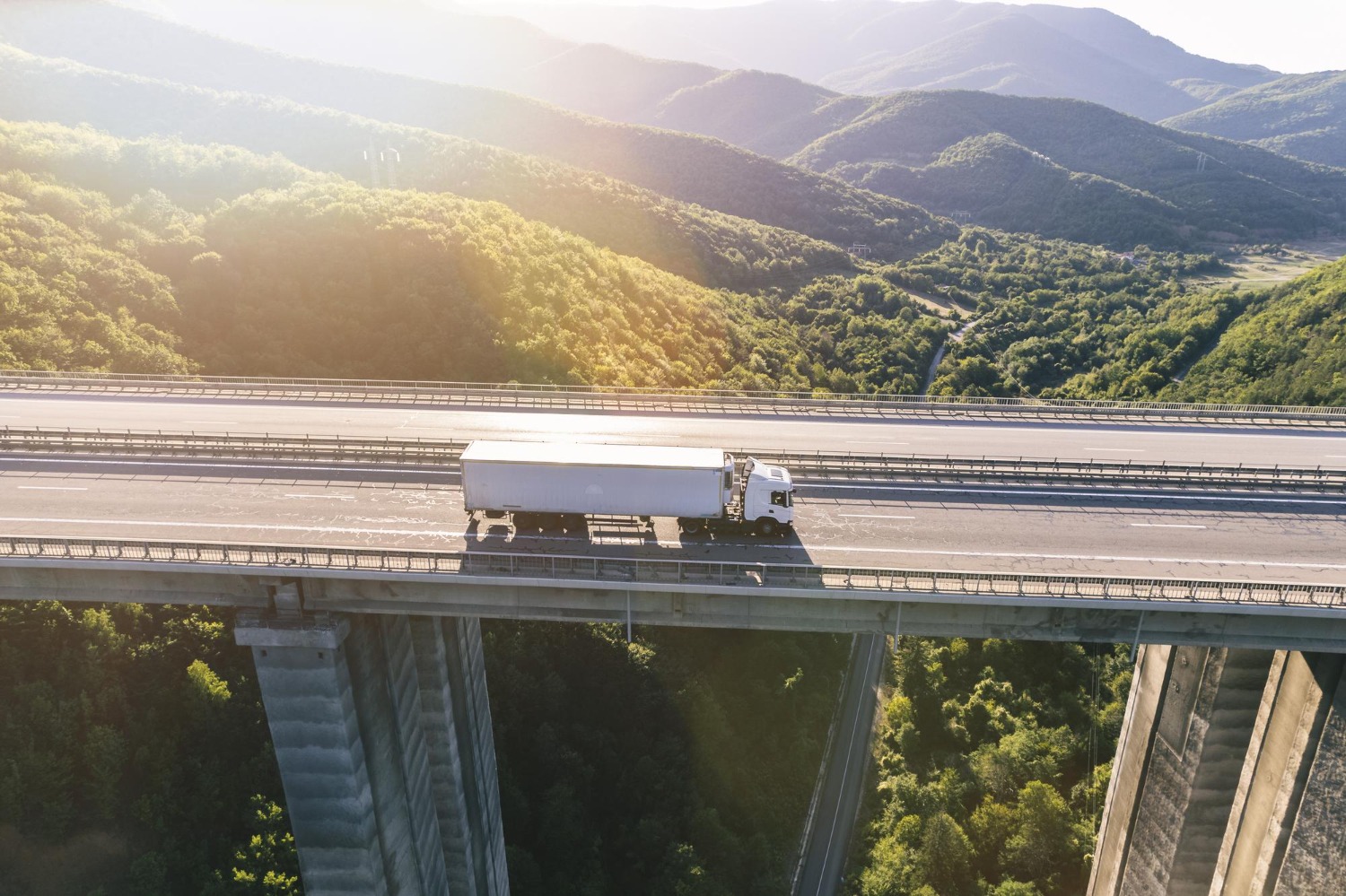
Book a demo
When we talk of infrastructure monitoring, the main method this is carried out with is the active monitoring of the piece of infrastructure to control. We’ll see the fundamental elements and the benefits of constant monitoring on a given piece of infrastructure later, what technologies are disrupting the market and what it really means for you to implement a monitoring system in your daily management.
The recent global recession did not stop the growing trends of the infrastructure market (Deloitte 2020 Midyear Update), where developing states are increasingly challenging the status quo of an otherwise Western-controlled market, China being the foremost emergent player.
The One Belt One Road initiative, for one, is strong of a US$667 trillion infrastructure funding package China put forward to strengthen the status of infrastructure in and out the country, while the US also passed a bill to allocate US$1.5 trillion for their infrastructure.
If we put into perspective the fact that China, the US, and Europe make up over 42% of the infrastructure investment gap in 2020, 2030 and 2040 - with the US having the highest gap - we can also see the potential for the market to keep receiving the attention of governments and multinational companies alike to take part in a growing trend in the following years (Franklin Templeton).
However, although this gives us a brief overview of the global infrastructure’s situation, we should not forget that infrastructure is not only monumental bridges and skyscrapers. Infrastructure is also residential buildings, roads, smaller bridges, highways, and so on. Infrastructure is all the systems of connections, utilities, services, that people need on a daily basis. We all need our neighborhoods renovated, our rivers tamed, our waste managed.
The state of the art of today’s infrastructure gives us reason to be optimistic on the many future opportunities on the global market, but these will need to be under constant attention in terms of investments and continuous maintenance. Infrastructure cannot be ignored under any circumstances, especially if it deals with critical situations, such as the people’s daily lives and regional economic well being.
Maintenance, in particular, can be better managed using some of the newest technologies available.
Sensor technology, for instance, can help us collect the necessary data to constantly check the health status of a given piece of infrastructure in real-time (partially or entirely) during its entire life and operations.
Basically, sensors are the “spies” strategically placed on the infrastructure that tell us every single time what’s going on and what might happen if we don’t hastily intervene. The way they do this is through the collection of small data immediately sent on the cloud through their connectivity hardware. We can divide these sensors in:
After data is collected by sensors, it must be processed, translated and made easily understandable for the human mind. This is where IoT platforms come into play.
In brief, an IoT platform is a multilayer technology which “digitizes” (that is, brings into the online world) the physical objects, the “things” of the IoT, allowing for machine to machine communication with no need for human interjection.
There are several types of IoT platforms, although platforms are evolving to integrate all the different aspects of IoT into one solution, such as end-to-end platforms, cloud platforms or on-premise installations, AIoT (literally, the Artificial Intelligence of things), and so on.
However, besides all their different characteristics and capabilities, all IoT platforms have something in common: they all act as middleware or as data plumbers to connect devices and applications to an end. This by means of an ecosystem of sensors, controllers, gateway devices, data analyzing and translating software, end application services, and much more.
If we should try and sketch an elementary IoT architecture, we could divide it into four stages:
In the end, what humans are provided with, is the translation of fundamental data in the form of graphically enjoyable dashboards, understandable parameters, alerts and notifications to remind us what’s due and when, and much more. All these elements support human intervention when and where needed, almost as if they give us the power to read into the future!
This power has a name: predictive maintenance. Its meaning is in its name: to predict the moment a building, a bridge, a highway or whatnot is in need of maintenance.
Predictive maintenance is possibly one of the most important benefits of a good IoT monitoring system. With it, we can understand not only the moment a piece of infrastructure needs maintenance but also the exact spot, allowing for more specific and ad-hoc predictive interventions, rather than periodic inspections of the entire infrastructure.
And well, less periodic, mass inspections and more specific, aimed interventions mean one crucial thing: decreased maintenance costs weighing on the annual budget. Predicting potential harm or danger allows us to save money we otherwise would spend on replacement of material, in personnel deployment, in the actual size of the intervention, since the damage is stopped before it could grow into something bigger.
Not only, though: more precise interventions, together with a constant eye on the infrastructure's health status, can help in preventing destruction and damage due to decay or degradation or to keep track of the precise effects of the consequences of extraordinary events (such as earthquakes, floods, etc.). This way, increasing safety and strengthening the resilience of each monitored infrastructure.
Infrastructure is the basis of our lives, our connections, our economics. They connect distant families and allow us to travel, to live the city life, to improve our impact on the Earth.
A sounder monitoring system for our infrastructure would allow us to enjoy and to exploit more efficient and safer roads, bridges, dams, sewage grids, buildings, besides the possibility to reinvest the money saved in fewer periodic interventions.
The benefits of adopting this kind of solution encompass all the value chain from the construction to the management of every piece of infrastructure, whatever it is and for whatever purpose.
That is Sensoworks’s main goal. To move towards an all-round improvement and renovation of the infrastructure industry and market, to overhaul the very concept we have of infrastructure today.
Write us to learn more about some specific topic, or to suggest us other topics you’d like to read about!


